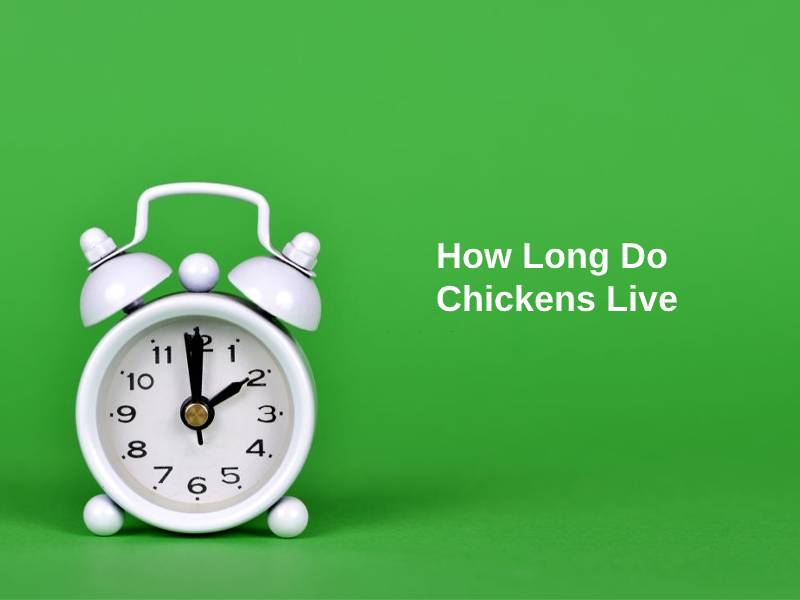Exact Answer: 10-12 years
The black lab is a short term used for Black Labrador Retriever. It is a very popular dog breed. It is also considered one of the most handsome breeds of dogs. This is an active breed of dogs and is very friendly to its family and other people as well. These are also known as America’s favourite dogs.
A fully mature black lab weighs up to 80 lbs and is 24 inches tall in terms of height. Baby labs are of course a little less than this size. This dog has a very shiny and silky coat. It is to note that black is the most common colour when it comes to Labradors.
Most of the Labradors attain black colour because the gene responsible for the black colour is more dominant. On average, black labs can give birth to 8-10 puppies. They have an excellent reputation when it comes to bond with kids.
Labradors are believed to be great as work dogs because their ancestors St Johns dogs were work dogs. They were black, were highly trainable and loyal. It is believed that they have attained all these traits from their ancestors. It is believed that the black lab is more trainable as compared to Labradors of other colours.

How Long Do Black Labs Live?
The black lab has some of the features which protect him from extreme conditions. They have a double coat which keeps them warm. They are very energetic, that’s why they are very well used as work dogs.
Dogs have a much shorter lifespan when compared to humans. When it comes to the black labs, they are more susceptible to catching some medical conditions which can reduce their lifespan even more.
A healthy black lab can live for 10-14 years. It is to note that the genes of the black lab themselves make their life span shorter. They are majorly susceptible to many genetic diseases which can of course limit their lifespan.
Some of the signs of a healthy Labrador are that it sleeps deeply nut is very active when awake. He eats properly and is energetic most of the time. Some of the signs of an unhealthy Labrador are vomiting, hair loss, rashes, etc. The following table shows the lifespan of healthy and unhealthy lab-
| Condition Of The Black Lab | Lifespan |
| Healthy | 10-12 years |
| Unhealthy | 8 years |
Why Do Black Labs Live For This Long?
The lifespan of a black lab depends on many factors. Some of which are weight, breeding, and the general environment they are provided to live in. Labs are known to have been prone to hip, shoulder and eye problems. These problems are mostly genetic and breeding them properly can avoid this to a large extent.
Another factor that shortens the lifespan of a blab lab is obesity. They have obesity in their genes. These dogs are bulky. The weight leads to problems in future.
Making the dogs infertile also can help in preventing life-threatening diseases. This is done by the processes called neutering and spaying. Neutering is a process of removing male testicles whereas spaying is the process of removing the female uterus. This is done to prevent diseases like hernias, breast cancer, etc. This also eliminates the risk of tumours in the uterus or testicles. Having an eye on symptoms and regular check-up is very essential.
Conclusion
The lifespan of the black lab is just 10-12 years. But it should be kept in mind that this is not a fixed period. Labrador of age 21 is also known.
Maximizing this dog’s life is a priority. To increase the life span of the lab, care must be taken. One should be well aware of the symptoms showing the beginning of any disease as labs are susceptible to many diseases.
This is one of the most energetic and enthusiastic dogs. The amount of energy this dog has should be given a medium to get released. That’s why exercise is very important for this breed.
The dog is very social and friendly to everyone outside. That’s why early socialisation is important for this dog. Studying the behaviour of this dog and knowing how to take care of him will take the black lab a long way.




















